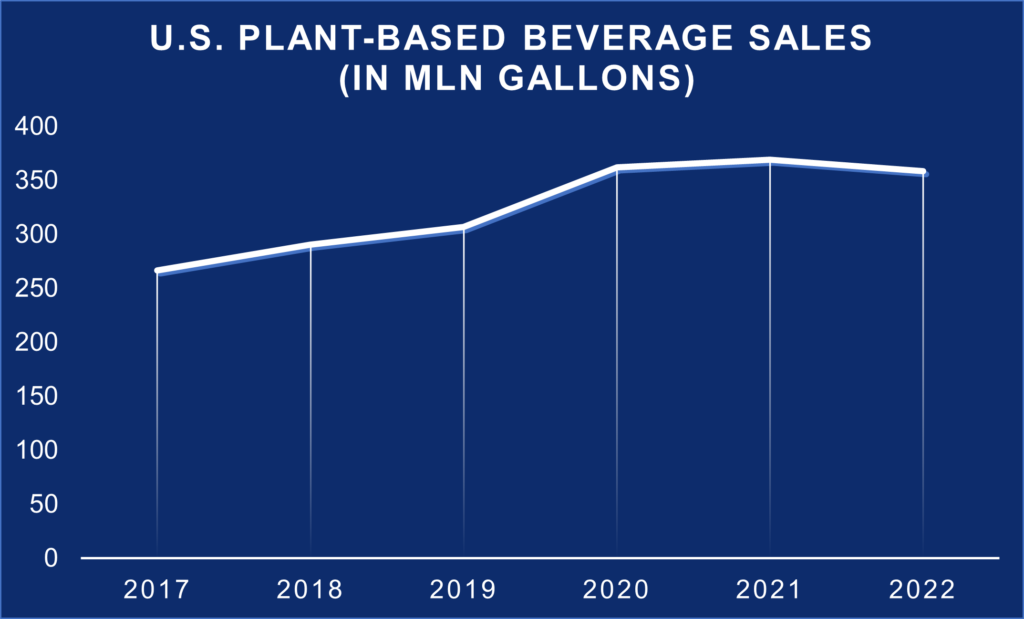While advocating for dairy farmers is always rewarding work, some of its most frustrating, but necessary, challenges come when, instead of working to push policy forward to improve dairy farmers’ lives and businesses, we at NMPF have to push back against proposals that would threaten the progress we’ve made.
Unlike achievements in which the results are clear and tangible – an excellent example is this week’s announcement of $100 million in reimbursements to medium- and larger-sized dairy farmers for pandemic-related losses that weren’t included in an earlier round of payments – sometimes, simply keeping bad things from happening is a policy win.
That’s especially true in the world of nutrition, where diet fads, pseudo-science and well-intentioned, but flawed, plans can work against the benefits of dairy that have been proven over generations. Many of those battles become years-long slogs over arcane definitions, filled with behind-the-scenes meetings with federal officials and full-throated efforts that use up energy to keep bad things from happening rather than make good things happen. In those cases, success isn’t celebrated with a news release and a victory lap – often, it’s the quiet satisfaction of seeing nothing happen at all.
Fortunately for NMPF and dairy, we have a top-notch team of regulatory experts ready for the slogs, working with our government relations and trade staff to provide a formidable defense for dairy and keep a sharp focus on efforts to ensure that consumers can maximize the health benefits of milk, despite short-sighted and misinformed attempts to limit them.
One critical effort underway right now is to ensure that dairy access isn’t reduced in the Women, Infants & Children (WIC) Program, which provides critical nutrition assistance for lower-income mothers and children. A USDA proposed rule released last November has its positive points, including approaches that would expand options for yogurt and cheese varieties and authorizes lactose-free milk as an option. But it also includes provisions that would decrease overall access to dairy products. That wouldn’t only reduce access to dairy’s nutrients in WIC – because dairy is one of the most popular parts of the program, reducing access to dairy foods could harm WIC participation altogether.
The USDA rule isn’t final yet, and we are working across the dairy community, including with our counterparts at the International Dairy Foods Association and others, to make sure WIC continues to reduce food insecurity, malnutrition, and diet-related disease while improving health outcomes by making it easier for all Americans to access healthy, affordable dairy foods. This work goes in tandem with our efforts to maintain legislative support for nutrition programs such as WIC, and of course our collaboration with the nutrition community to back critical Farm Bill initiatives such as SNAP (the Supplemental Nutrition Assistance Program) and the Dairy Donation Program.
Another crucial recent fight has been to stymie the cynical exploitation of a true crisis – the infant-formula shortages U.S. families experienced throughout 2022 – by certain agenda-driven groups and various foreign manufacturers that want American consumers to become dependent on their product, to the detriment of the U.S.’s own dairy manufacturing sector, and consequently U.S. jobs. Last year, we strongly supported well-defined measures that temporarily boosted imports as a way to make sure family needs were met when a critical plant in the highly centralized U.S. formula industry went offline. But as the crisis has faded, foreign interests are attempting to turn short-term reliance into longer-term dependence – and exploit a free-pass on the regulatory process normally required to ship formula to the U.S.
The U.S. is a major supplier of dairy products around the world. It is one of the most reliable dairy industries, with a large pool of high-quality milk. The real reforms needed to ensure we can best handle any potential future supply disruptions are not further unilateral tariff cuts to encourage foreign imports, but rather an overhaul of U.S. policy that makes domestic formula companies better able to invest in new facilities here, as our cheese and ingredient sectors already do. Protecting U.S. families and developing common sense policies doesn’t make an industry “protectionist” – it makes it more robust, and better able to withstand any future disruptions that may occur. That’s why we won’t back down from pursuing policies that will allow the U.S. infant-formula industry to expand.
Those are only two recent efforts we’ve made in defending the key nutrition contributions of U.S. dairy farmers and their cooperatives. There are many others. By mid-month, NMPF, working with its allies, will submit comments on a proposed Food and Drug Administration rule governing the word “healthy” as applied to food products. No one’s opposed to being “healthy,” but FDA’s broad-brush approach in its proposed rule, which relies on old science about fats and fails to adequately distinguish milkfat from other fats, in some cases may not best capture the essential nutrition dairy provides.
Meanwhile, FDA guidance on plant-based beverage labeling still looms, and we’re working to ensure that dairy’s standard of identity is respected. Also on tap is the next Dietary Guidelines for Americans, due in 2025; that process inevitably comes along with the standard interest-group lobbying against dairy, even though the guidelines themselves cite how nearly 90 percent of the U.S. population consumes less dairy than it recommends.
Of course, we’re not always playing defense on these issues. The latest science on dietary fats helps us support the benefits of whole milk within the dietary guidelines and in federal nutrition programs, and the nation’s nutritional needs alone argue for increased support for dairy at the federal policy level. But due to opposition from vegan groups, environmental and other activists who don’t want to hear our story, our successes sometimes come from the bad things we prevent as well as the progress we achieve.
On nutrition, we know that consumers, science and the strength of this industry are on our side. We defend our values and positions well — and that sets us up to keep moving ahead.

President & CEO
National Milk Producers Federation








